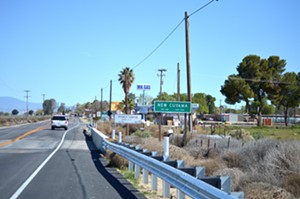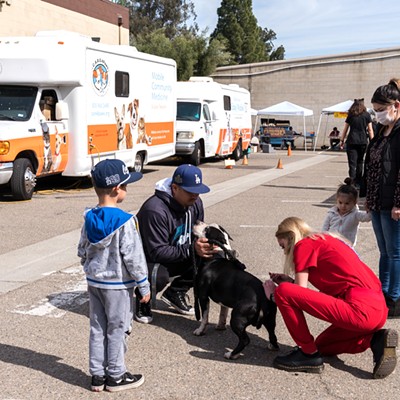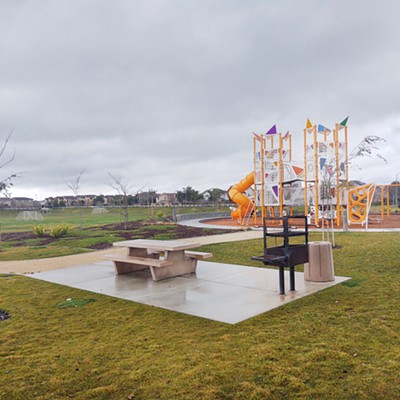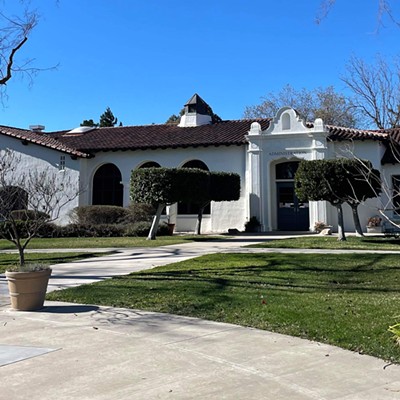Almost 3,000 Santa Barbara County residents live in areas officially labeled as “disadvantaged unincorporated communities.”
Casmalia, Garey, Sisquoc, Los Alamos, New Cuyama, Cuyama, and Ventucopa first received the label in 2015—and not much has changed since then.

“There haven’t been any improvements,” county Senior Planner Zoe Carlson told the Santa Barbara County Board of Supervisors on Dec. 13.
Cuyama and Garey still don’t have public water service; Ventucopa, Cuyama, Sisquoc, Garey, and Casmalia still don’t have public wastewater treatment service; and none of them have stormwater infrastructure. However, Carlson said, New Cuyama did build a fire station in the last eight years, but only one engine serves New Cuyama, Cuyama, and Ventucopa.
“It continues to be a challenge to respond to structural fires in that area,” she said.
State law defines disadvantaged unincorporated communities as geographically isolated with 10 or more dwellings in close proximity to one another. The areas have been inhabited for 50-plus years, are outside of a city’s sphere of influence, and the median household income is less than $62,938 per year.
The update Carlson presented to the board on Dec. 13 fulfills a state mandate to identify these communities and their needs as part of county land use and housing element updates and identify potential funding mechanisms to meet those needs, including state and federal grants.
County 3rd District Supervisor Joan Hartmann asked how supervisors could ensure that the county is actually pursuing grants that could pay for some of the infrastructure projects. For instance, she said, Los Alamos has really serious flooding issues that don’t fall under the local community services district’s purview but need to be addressed.
“I’m just eager to see that we have more energetic participation and prioritization,” Hartmann said. “Otherwise it just kind of disappears into the air. I’ll be interested to see how we track this.”
Ultimately, it’s up to each of the county’s districts to pursue grants for projects within their boundaries, county Planning and Development Director Lisa Plowman said, acknowledging that it’s a challenge to figure out how to provide services in those areas.
County 4th District Supervisor Bob Nelson said he’d like to see the county conduct the same infrastructure needs analysis in unincorporated communities that aren’t considered to be disadvantaged. The state doesn’t consider Rolling Hills outside of Orcutt to be disadvantaged because it doesn’t meet the household median income threshold, but Nelson said the community is definitely disadvantaged. He added that the community didn’t have potable water for six months in 2021.
“We did have to access grants to get them water last year,” Nelson said. “Just because some of the communities don’t meet those income guidelines, those needs are out there.”












